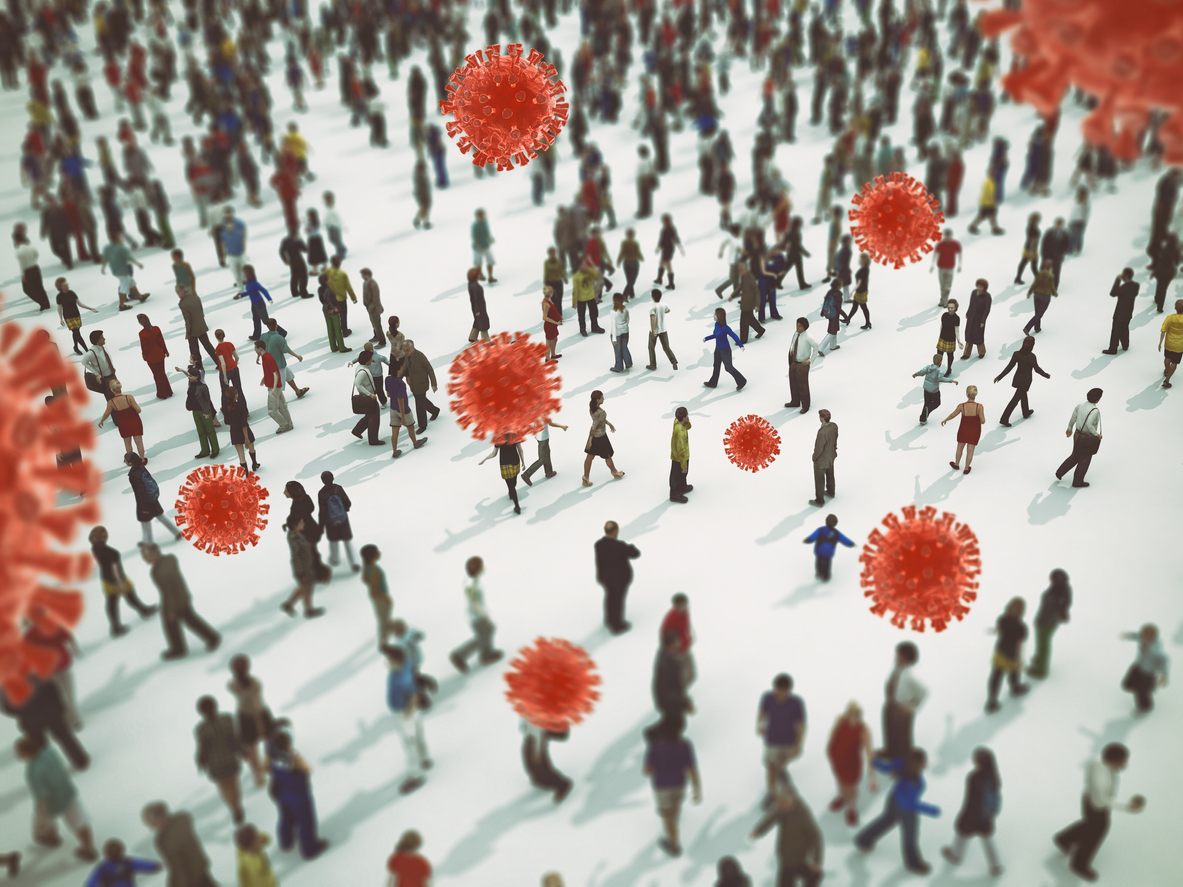
COVID-19’s byproduct: A burgeoning increase in violent crime
During the first weeks of widespread lockdowns in March 2020, one of the most immediate effects of social distancing was a marked decrease in crime. But as the pandemic continues to restrict our ability to safely coordinate and gather in person, the picture of crime in America has grown more complicated. In recent months, an increase in violent crime has been noted by criminologists. Experts have pointed to disruptions in economic and social assistance as the underlying factor among these trends.
“[When people have] lost their jobs, and when people, you know, lose hope, that’s when we start seeing the increase in assaults because people are just on pins and needles,” said Houston Police Chief Art Acevedo. “It’s an unprecedented era in modern history. You put all that together — that’s a lot for society to deal with. And I think when you add it all up, that’s [why] we’re seeing an increase.”
Crime rates are especially troubling based on at-risk populations and characteristics, particularly those living in impoverished urban minority communities. Although crime in white neighborhoods fell by 30 percent during lockdowns and stayed that way, the crime rate rose again in Black neighborhoods as restrictions loosened.

The surge of crime most notably consists of violent shootings and intimate partner violence.
The surge of crime is characterized by a shocking increase in murder rates compared to the previous year. The increase most notably consists of violent shootings and intimate partner violence. These two categories of crime are consistent targets of social support programs such as safe houses, mental health courts and hearings, and gang violence interventions.
These kinds of programs provide crucial support to the community in mitigating crime. However, during the pandemic, they have faced more than their share of barriers transitioning their services to accommodate public health guidelines.
“This work is a pat on the shoulder, a touch on the hand, a handshake,” said Del McFadden, the Director of the Office of Neighborhood Safety and Engagement for the District of Columbia. “All of those things are different now.”
Although large corporations can afford to subsidize work-from-home measures and can ensure that their staff have all the necessary technology to ease the bumps involved in removing the interpersonal dynamics of working in-person, these crucial programs are not as lucky.
One initiative in Chicago called READI Chicago assists residents at risk of engaging in violent crime by providing them with job training and structured employment to provide individuals with income opportunity. The program relies on community partner organizations that sponsor positions for participants, but many partners were forced to shut down. This transition gap forced READI Director Chasda Martin to make a quick decision to divert organizational funds as a form of unemployment insurance for these men.
“We knew that if we had a bunch of guys sitting around, our hypothesis was that those participants were going to lose their safety net, and they’d engage in criminal activity,” he said. “This is the highest-risk population. That propensity is still there.”
The human services and non-profit sectors have been facing declining federal government grants to state and local government for years now. In the pandemic, more funding is needed to replace the lost job and training opportunities and to develop new methods of outreach, including mental health and substance use disorder services, to prevent lapses into crime.
As discussions continue about what role the government should play in the next round of coronavirus stimulus and relief, it grows increasingly clear that policy priorities like reopening schools, increasing vaccination efforts so in-person services can be restored, and increasing funding for literally life-saving community programs are interconnected crucial pathways to reducing crime.

